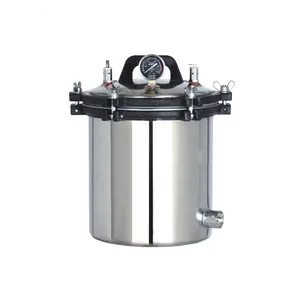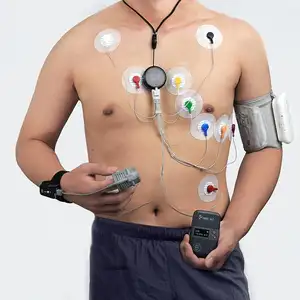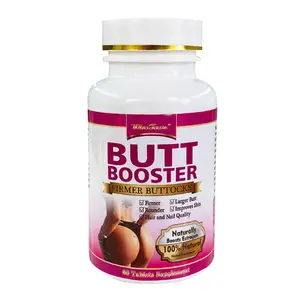Popular in your industry








































































































































































































Top categories
About saturation
Understanding Saturation Monitoring
Saturation monitoring is an essential aspect of medical diagnostics, referring to the measurement of peripheral oxygen saturation (SpO2) levels in the blood. This parameter is crucial for assessing a patient's respiratory function. The devices used for this purpose, commonly known as pulse oximeters, employ transmission pulse oximetry technology to non-invasively determine the arterial oxygen saturation.
Types of Pulse Oximeters
Pulse oximeters come in various forms, each designed for specific monitoring needs. The most prevalent type is the fingertip pulse oximeter, favored for its ease of use and portability. Earlobe models are also available, offering an alternative for patients where fingertip measurements may not be feasible. While fingertip devices are widely used for home monitoring, it is important to recognize that professional medical devices used in clinical settings may provide more precise readings.
Applications and Features
The primary application of a pulse oximeter is to monitor oxygen saturation levels in individuals who have conditions affecting their respiratory efficiency. These devices are equipped with features such as quick read times and simple operation, where a user only needs to place the device on the fingertip to obtain a reading. Advanced models may also include features like heart rate monitoring and data storage.
Factors Influencing Accuracy
Several factors can impact the accuracy of saturation readings. External influences like nail polish or cold extremities can interfere with the light transmission, leading to less reliable results. Users should be aware of these potential variances and understand that while home devices are useful for monitoring, they are not a substitute for professional medical evaluation.
Materials and Design
The design of pulse oximeters is focused on user comfort and accurate sensing. Materials used in the construction of these devices include durable plastics and hypoallergenic silicones, which are gentle on the skin for regular monitoring. The compact and lightweight nature of these devices makes them convenient for both home and clinical use.
Advantages of Pulse Oximetry
Pulse oximetry offers a non-invasive, quick, and relatively accurate method to monitor blood oxygen levels. This can be particularly advantageous in home health care settings, where individuals can track their health without the need for constant clinical supervision. The availability of these devices on Alibaba.com provides a diverse range of options to cater to different monitoring requirements.
Saturation levels are a vital sign, just like heart rate and blood pressure. Monitoring oxygen saturation can alert users to potential health issues before they become critical. With a variety of saturation monitors available, selecting an appropriate oximetry device is simplified. For those requiring regular monitoring, a home pulse oximeter can be a valuable tool in managing health.



































